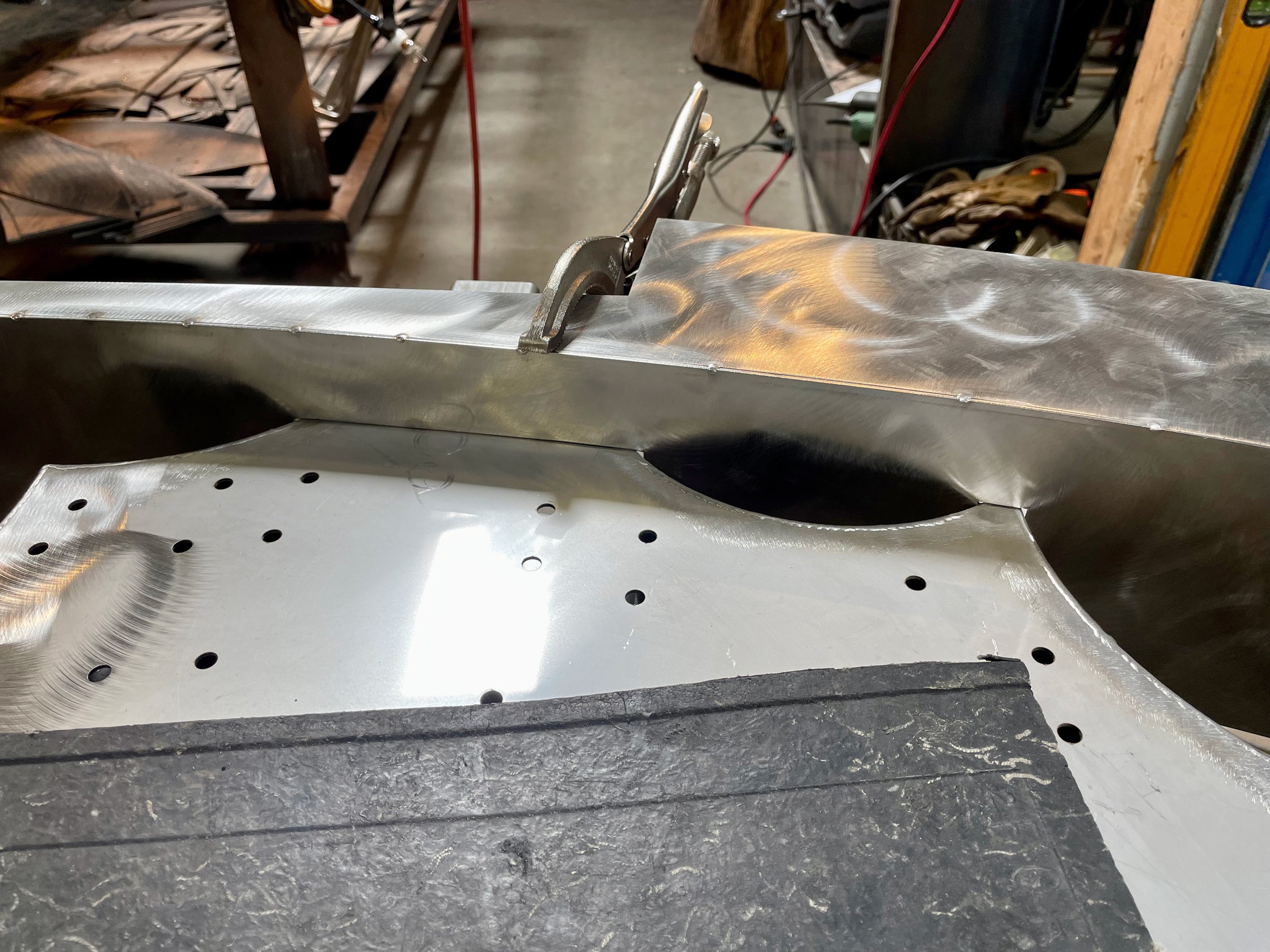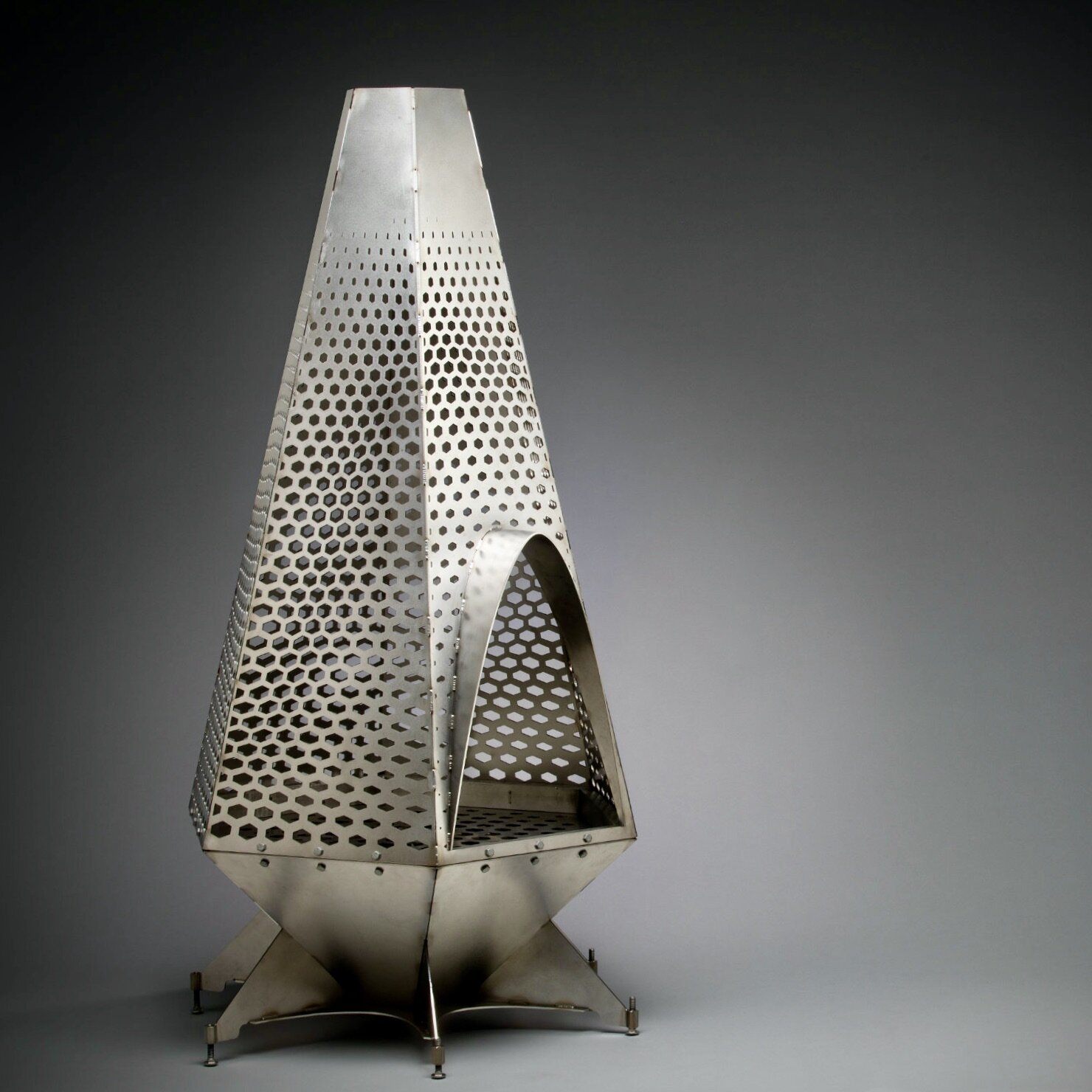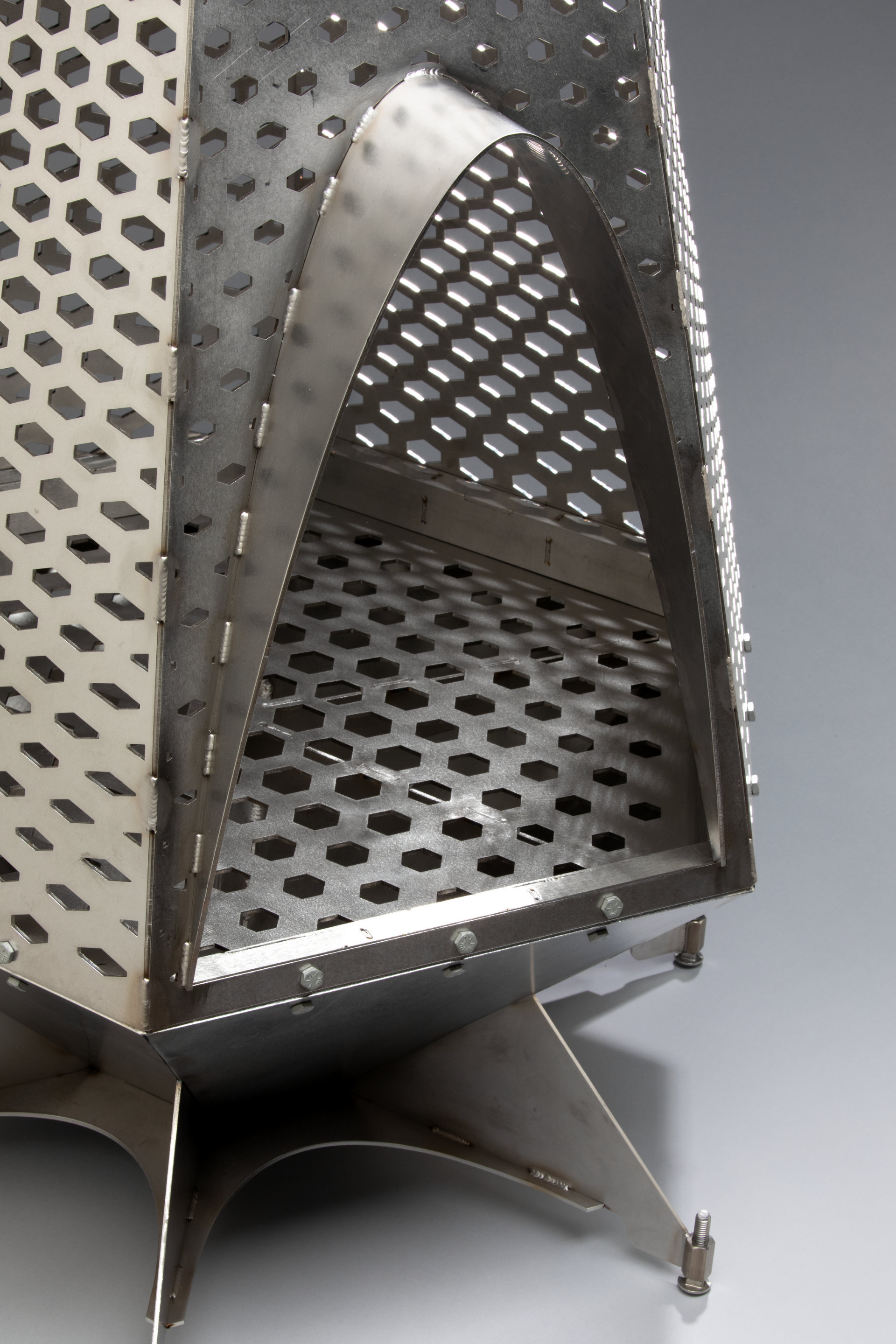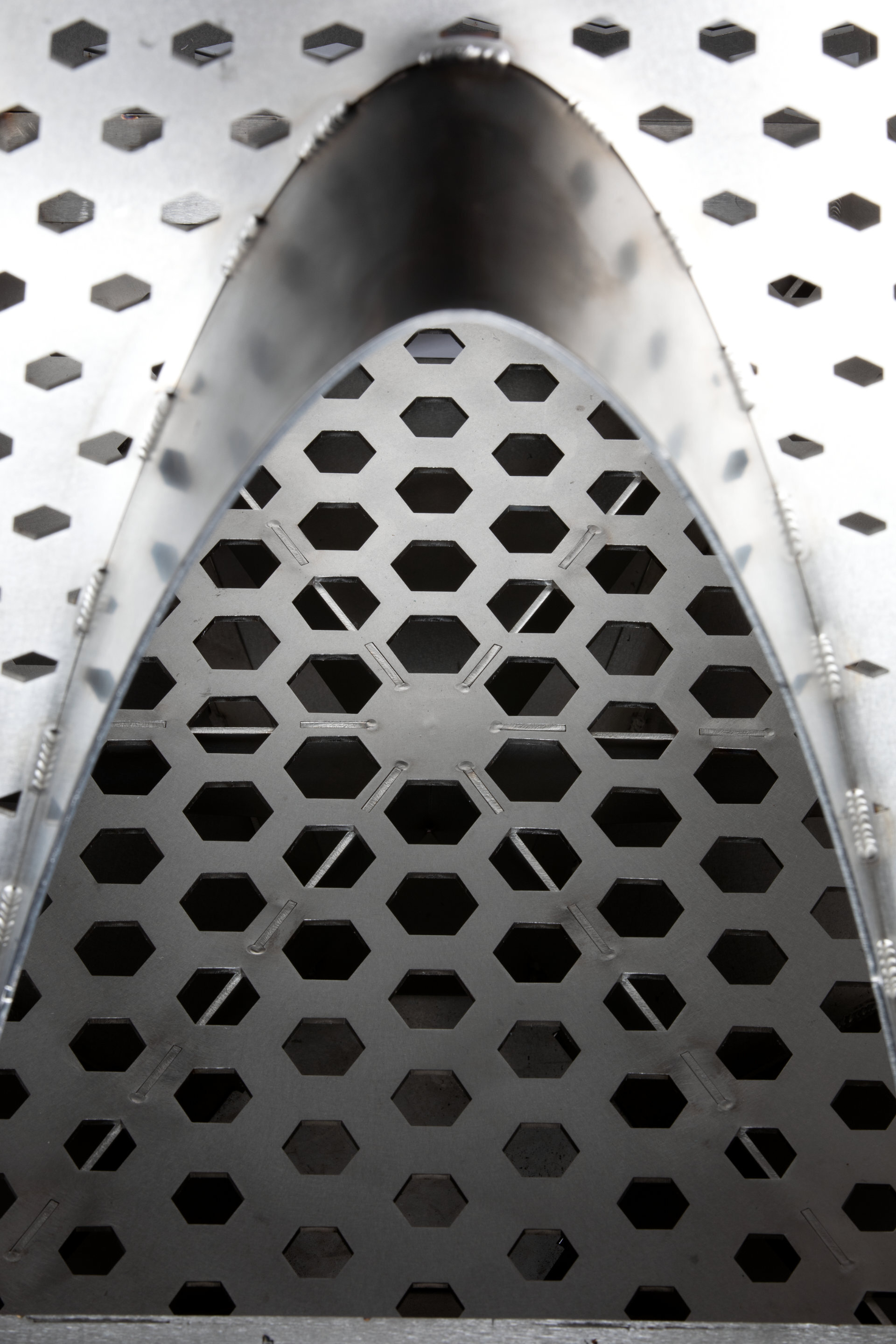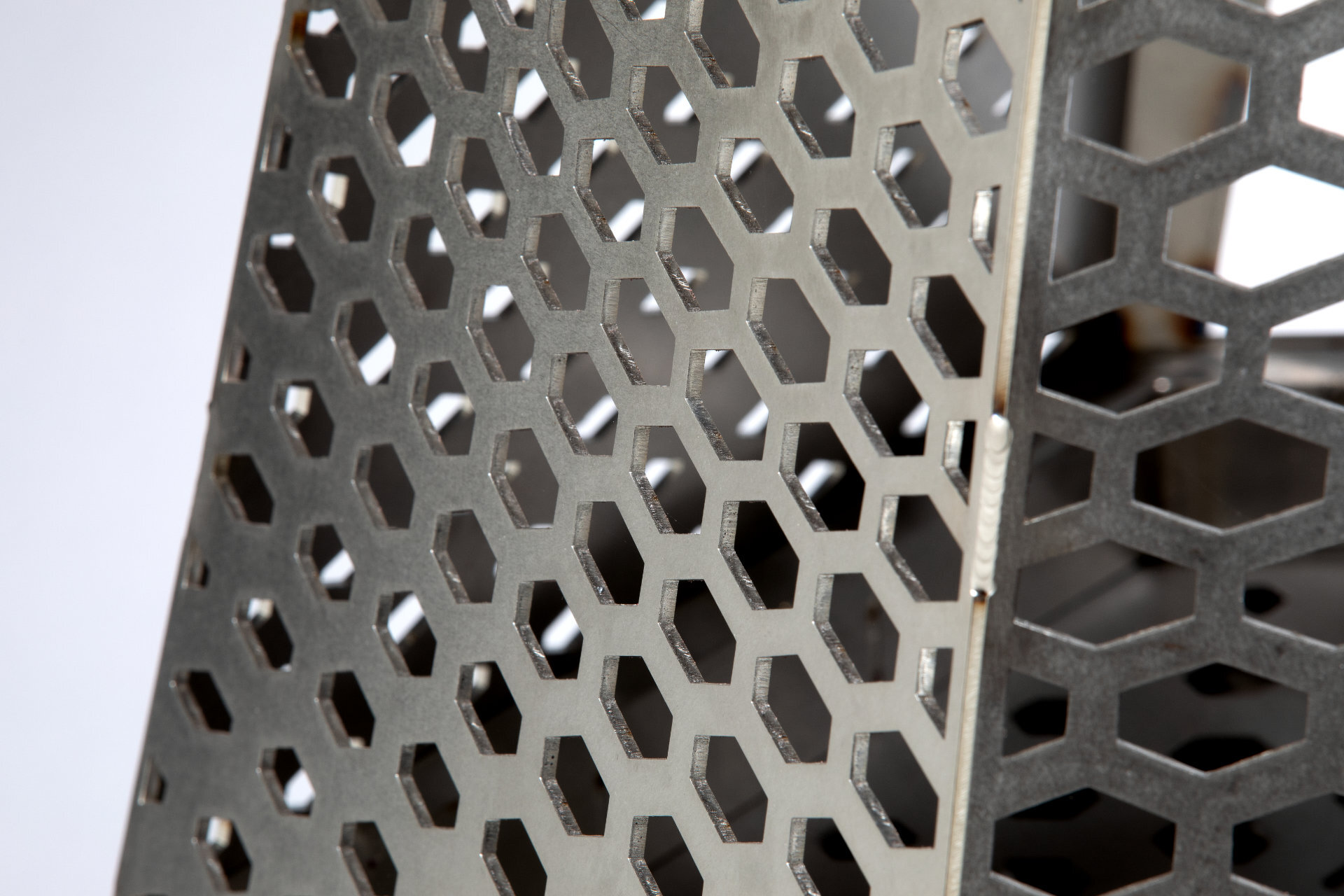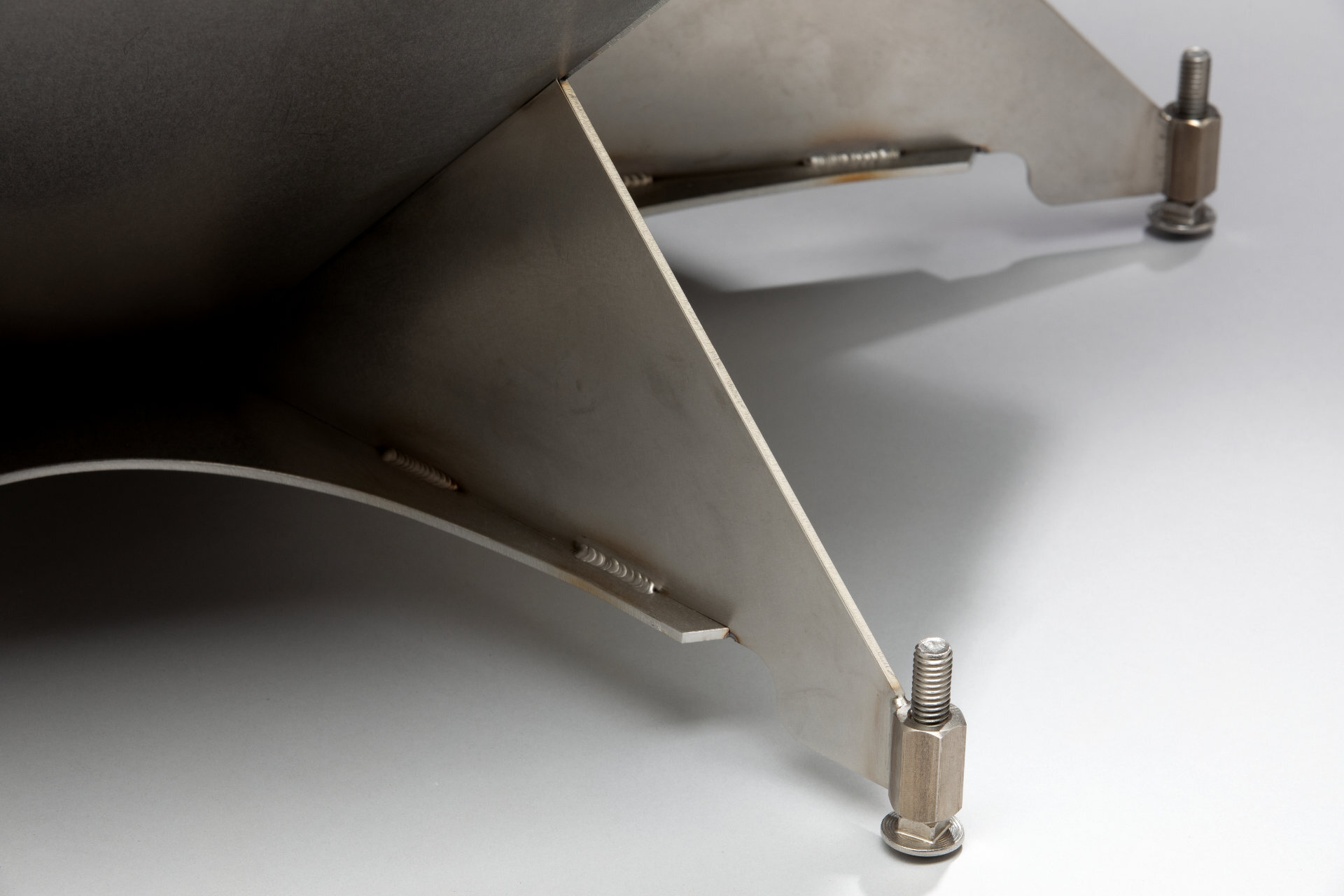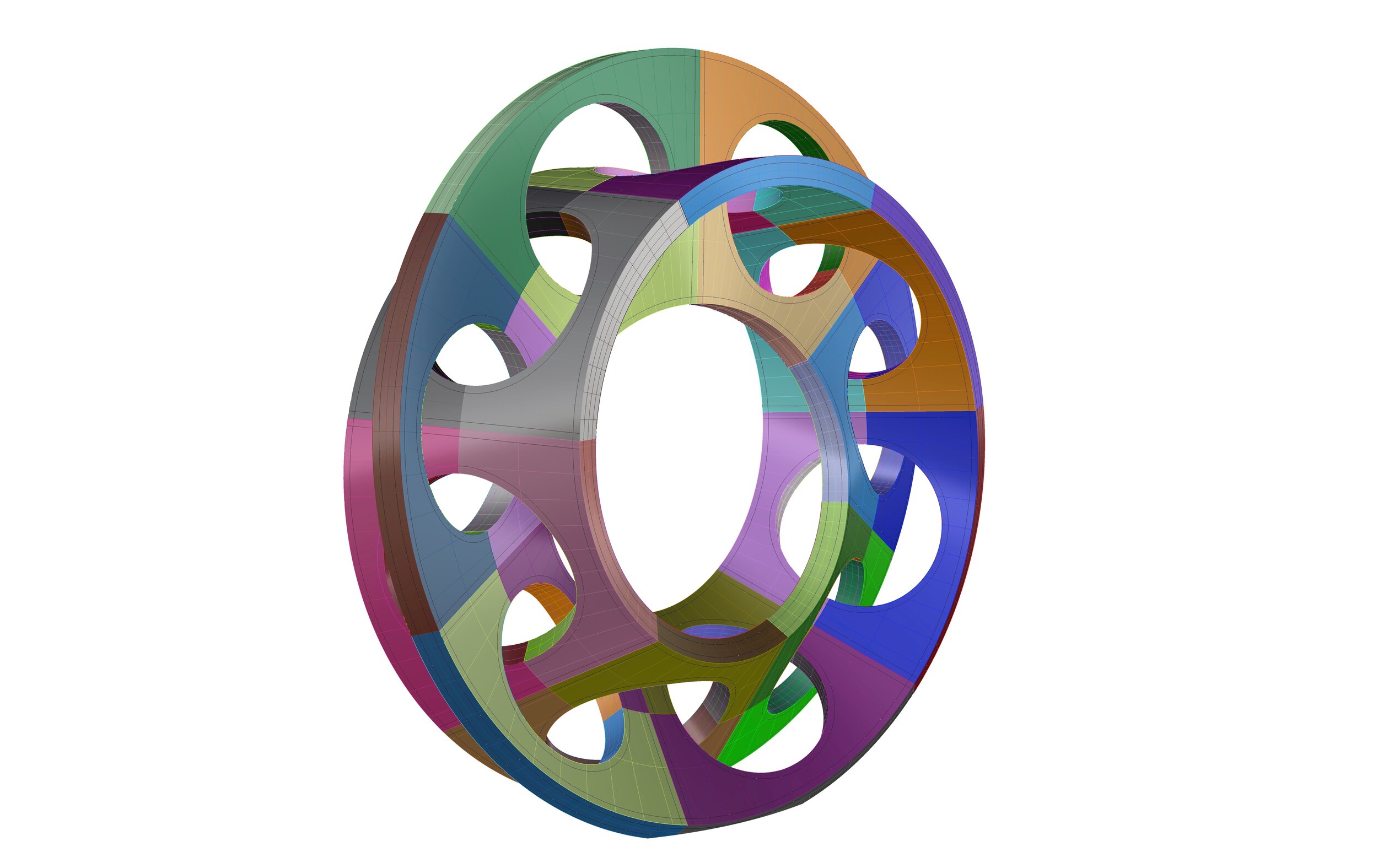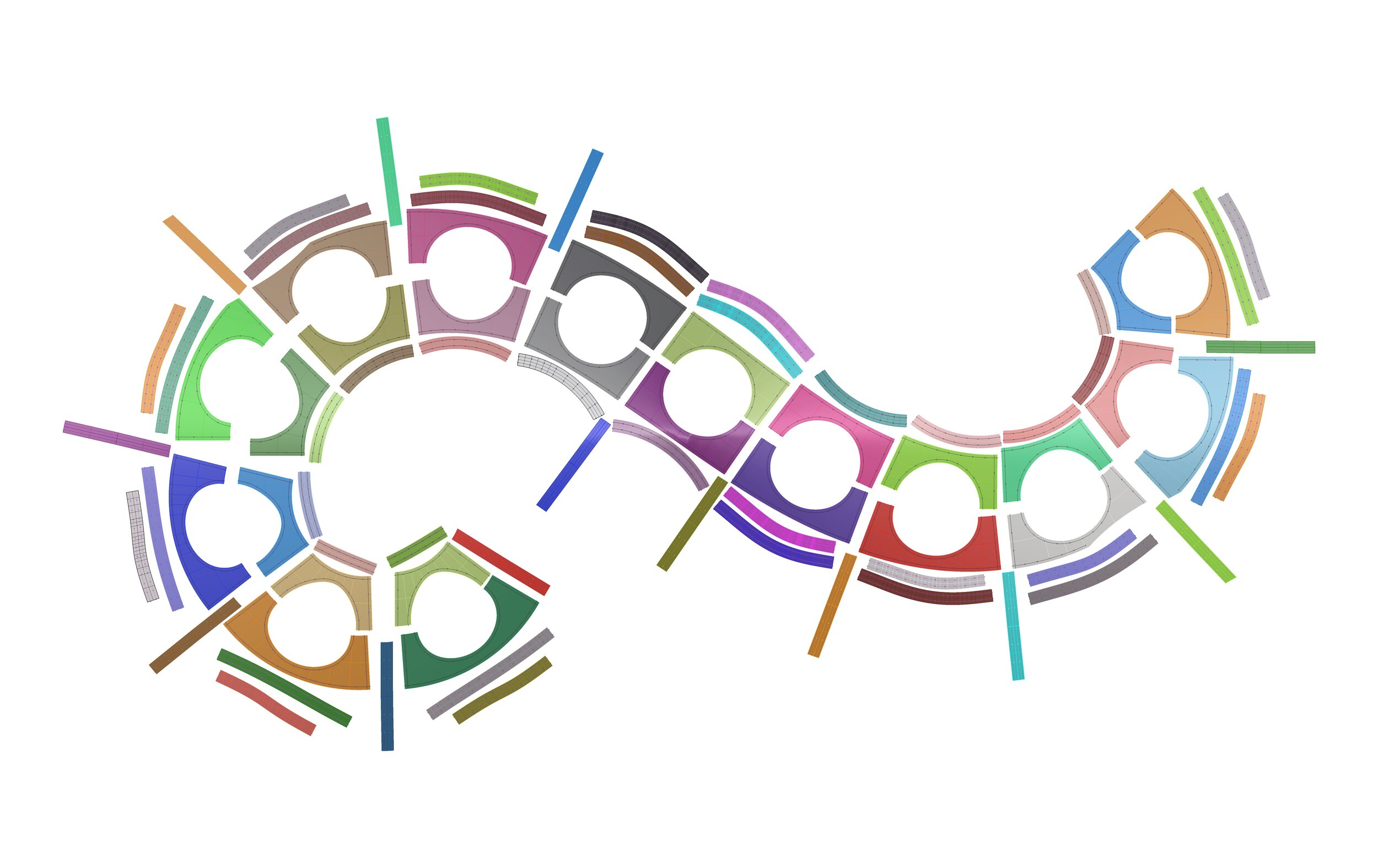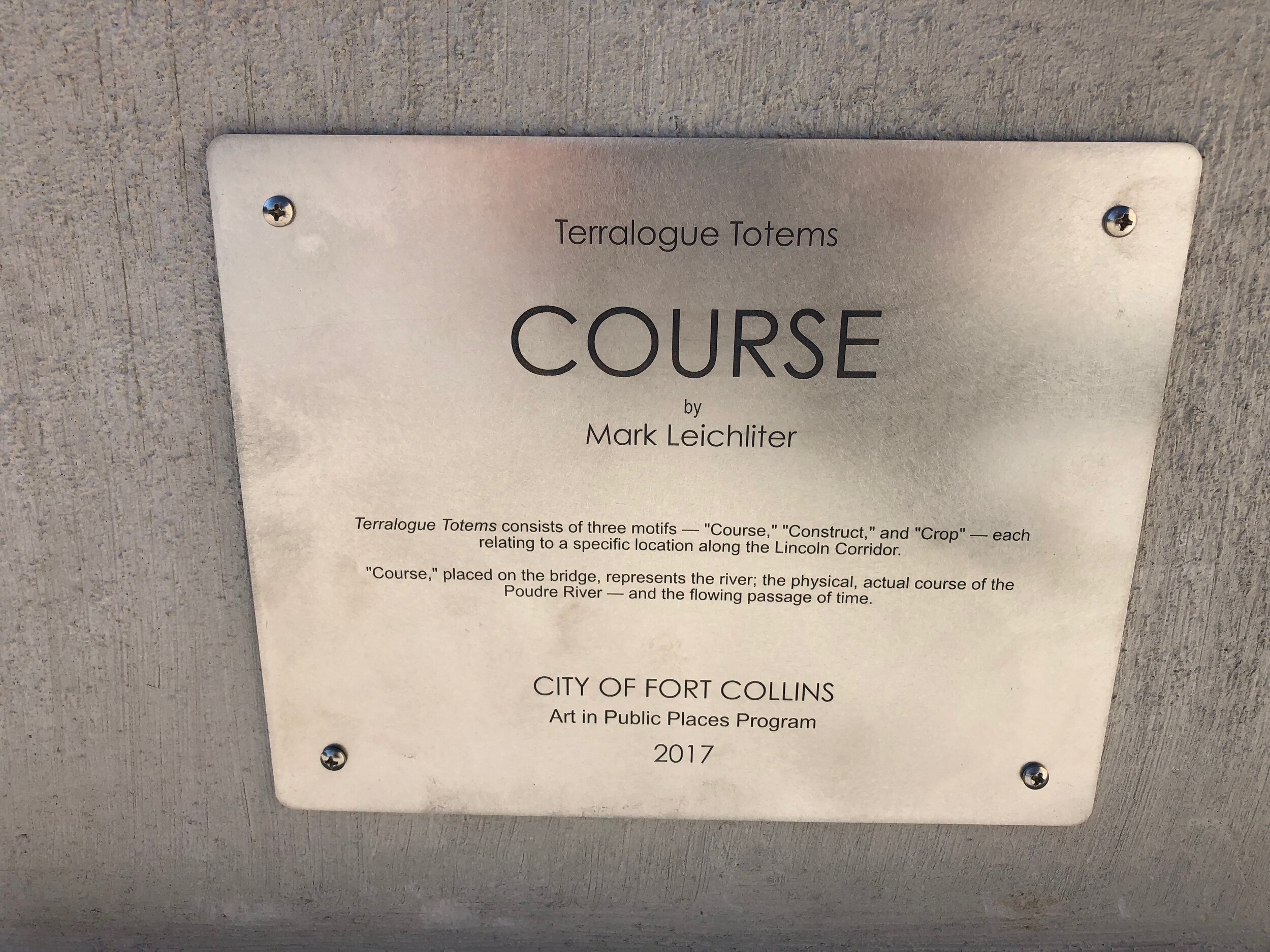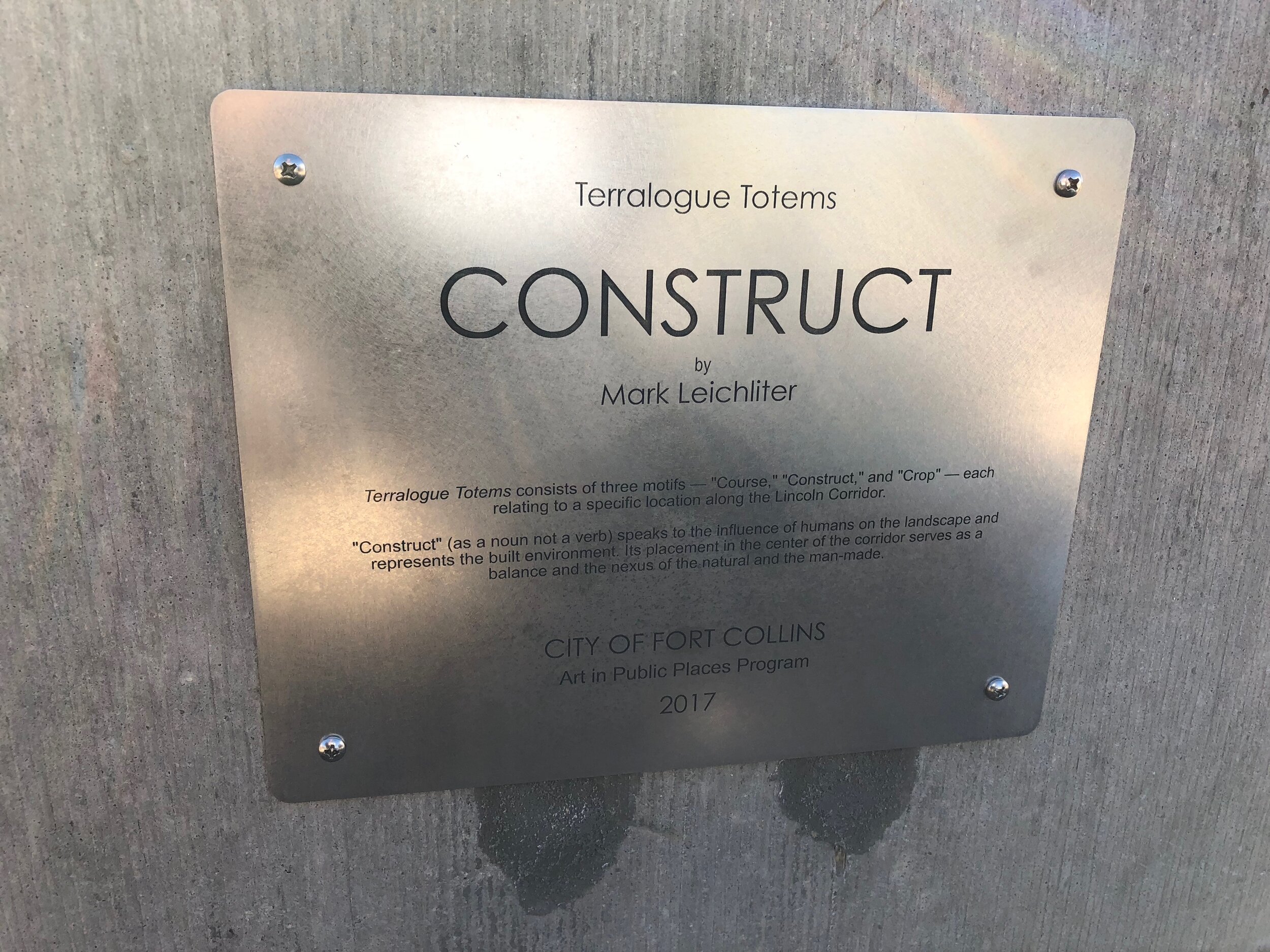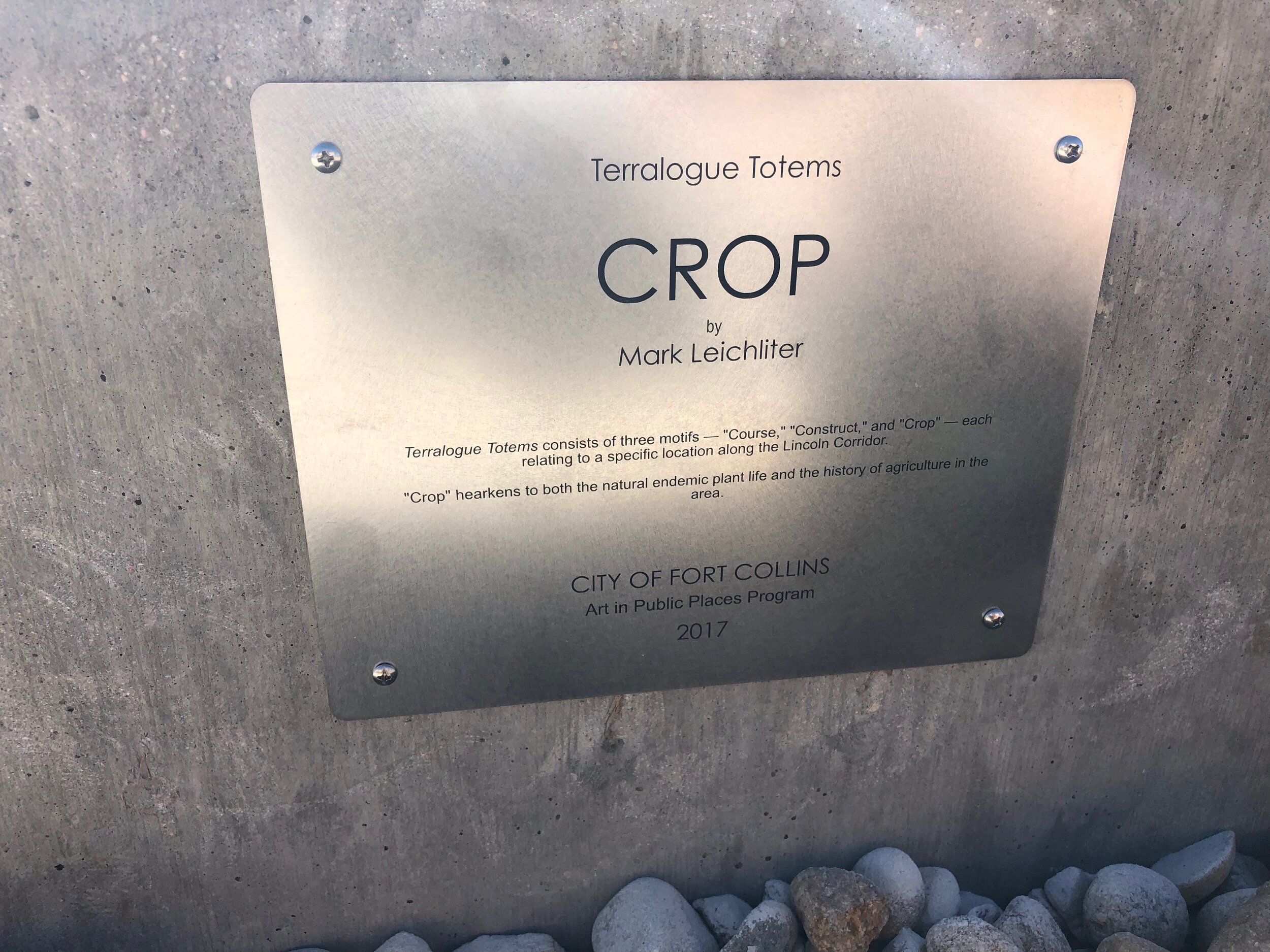Delivered my latest public art piece to the City of Little Rock, Arkansas. I won a national competition to design a sculpture, with the criteria being wide open; they wanted the artists submitting to have free reign to create whatever they could dream up. I’m honored and humbled to have once again worked with the fine folks out there to build something cool to enhance the community.
"Local Color" came about after my discovery of the State Butterfly of Arkansas, the Diana Fritillary. I was intrigued by the startling contrast between the male and female of the species, and the complimentary hues of each. The Diana displays marked Sexual Dimorphism, wherein the sexes have dramatically different size or coloration. The sculpture consists of both forms of the Diana, realized in multiple metals with differing finishes, on opposite sides of a low relief–like a coin with heads and tails. The striking differences give the sculpture a built-in Eureka moment, as well providing a platform for discovering the beauty of Arkansas' natural world.
Below are some shots of the design and proposal for the project.
…and a bunch of photos from the actual fabrication:
Local Color finished - male side
Local Color finished - the female side














